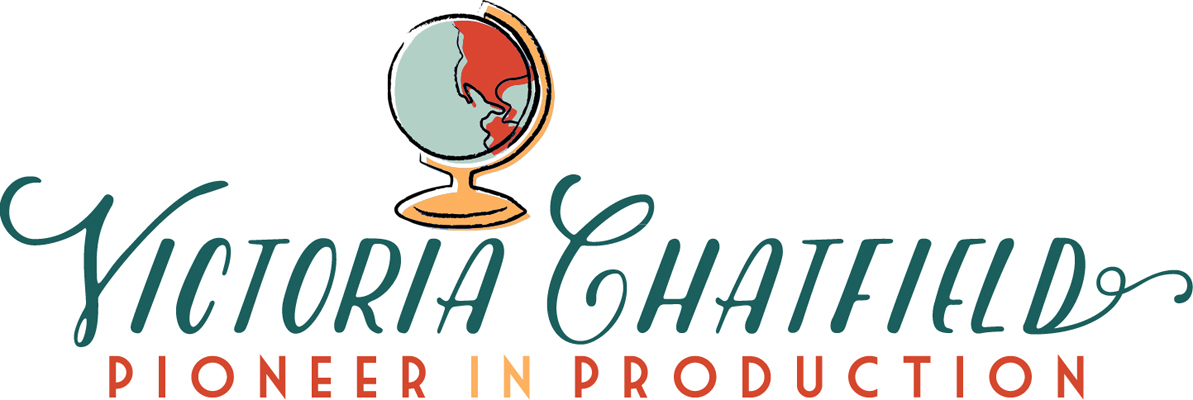 |
There are two things that have stood out to me the most in NTS's community engagement programs. First of all, Submarine Time Machine really does involve a diverse cross-section of the community as contributors. The LEARN team develops each of their productions by going out into the community and asking people: "What's the story that everyone around here knows?" (Simon says he frequently follows that question up with: "No, no, no. What's the other story?") This allows the LEARN team to dig into the narratives of that particular area -- their folklore, their legends, their morality tales. It allows them to craft a production that authentically captures what's unique about that particular community. Once they have a selection of narratives to choose from, the LEARN team transforms them into an actual script -- which then goes back into the community for further development. For example, NTS's education team has gone into three local primary schools to work with students on staging the tale of "The Plug." These primary schools will take turns performing this installation in Submarine Time Machine on different days of the week. BSL (British Sign Language) performers created an interpretive dance for "The Hart and the Fox," while a local choir of refugees will be singing original music for that installation.
GAMTA (Glasgow Academy Musical Theatre Arts) students make up the bulk of the key storytellers, along with a few professional actors. These students are performing as part of their coursework; they take classes in the morning and then head to NTS rehearsal in the afternoon. During Submarine Time Machine, they're performing each installation six times a day (or twelve during days with both afternoon and evening performances). That might not seem like a lot -- but it's a grueling schedule for even the most well-trained actors. NTS's LEARN department might work almost exclusively with amateur performers, some of whom are completely new to theatre, but they don't treat them any differently than the most seasoned professionals.
The second thing that's stood out to me is the culture of "no opt out" that permeates every rehearsal. I expected to be sitting on the sidelines during my observations, taking notes on the rehearsal/development process. Instead, I've found myself contributing to planning meetings, playing games with GAMTA students, and even volunteering for the actual performances themselves. I originally signed up to work front-of-house, but when one of the BSL performers dropped out, the LEARN team asked if I would be willing to fill in. For the record, I do not know BSL nor am I a contemporary dancer by any stretch of the imagination. But when you're at NTS, you just kind of throw yourself into any situation -- regardless of how much it might terrify you. I haven't performed in anything since I was in high school, but I'm going to be dancing (which I can't do) and signing (in a language I don't know) in a few weeks in front of an audience.

That represents the ethos of the Fulbright fellowship though. The US Department of State sends us to these countries not only to serve as ambassadors for the US (a challenging job at the moment), but to throw ourselves head-first into new experiences. For some of my fellow Fulbrighters, that means trying new cuisines, hiking new terrains, or meeting with government officials. I've used my Fulbright as the impetus to overcome some of my greatest fears. Later this week, I'll be traveling to the University of Cambridge to present in-progress research on international arts exchange programs (including the EU's Let's Dance program). I've never spoken at an academic conference before; I've never even been to an academic conference before. A few weeks later, I'll be interpretive dancing in NTS's Submarine Time Machine.
I've done my Fulbright differently than many of my DAT peers. And while I would say that my Fulbright hasn't been at all what I expected, I'd also say that it's been so much better than anything that I could have imagined. For all of the Fulbrighters out there (DAT or otherwise): Go into this opportunity with an open mind and be willing to push yourself far outside of your comfort zone. It may be a much different experience than what you'd originally planned -- but, then again, there may be something out there that's so much better, so much more, than you ever thought possible.






No comments